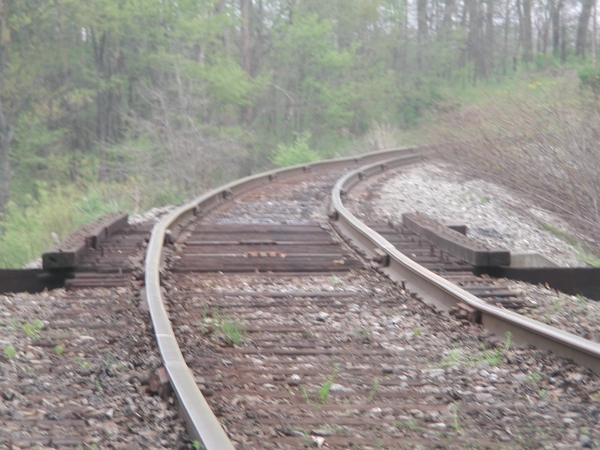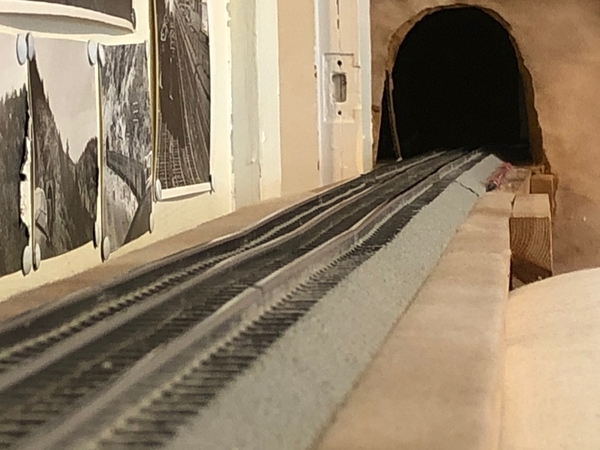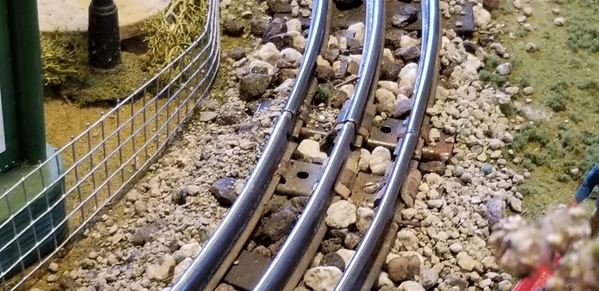This topic stems from a comment I find fascinating that I just made on another thread.
A layout flaw can be a good thing you may want to keep.
The example I gave on the other thread is a voltage drop in a section of my layout where the train runs through town. Of course, the voltage drop slows the train down as crossing gates drop and the train slows down:
Safety first, we need to protect all those little people in that town, and slow the train down when it's running through town.
Thank God for the flaw! LOL!
I can think of another feature of my layout that is arguably another flaw that is a good thing to keep. Before I share it, I'll give you folks a chance to share any positive flaws you may have on your layout. Arnold











